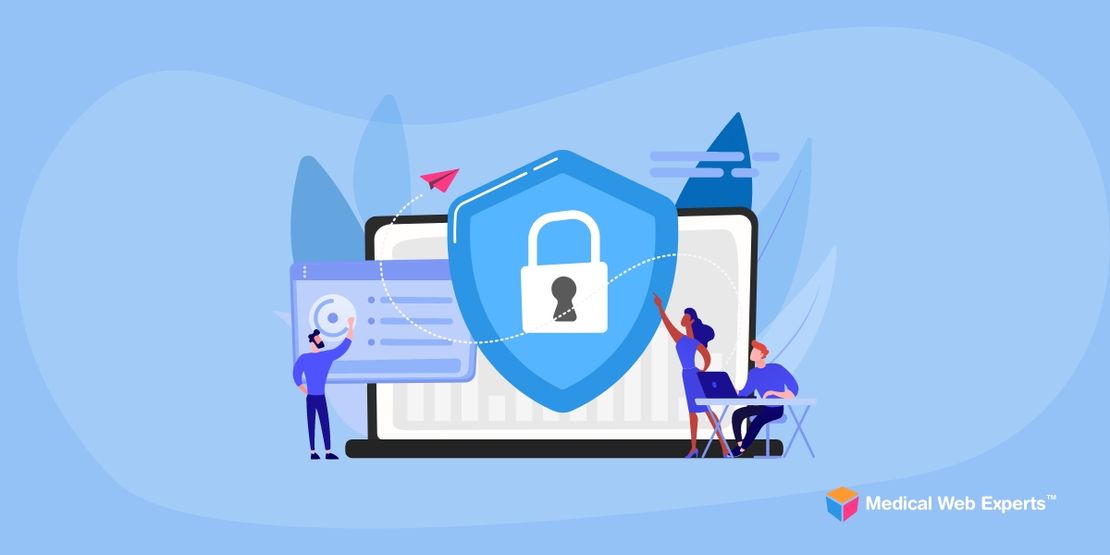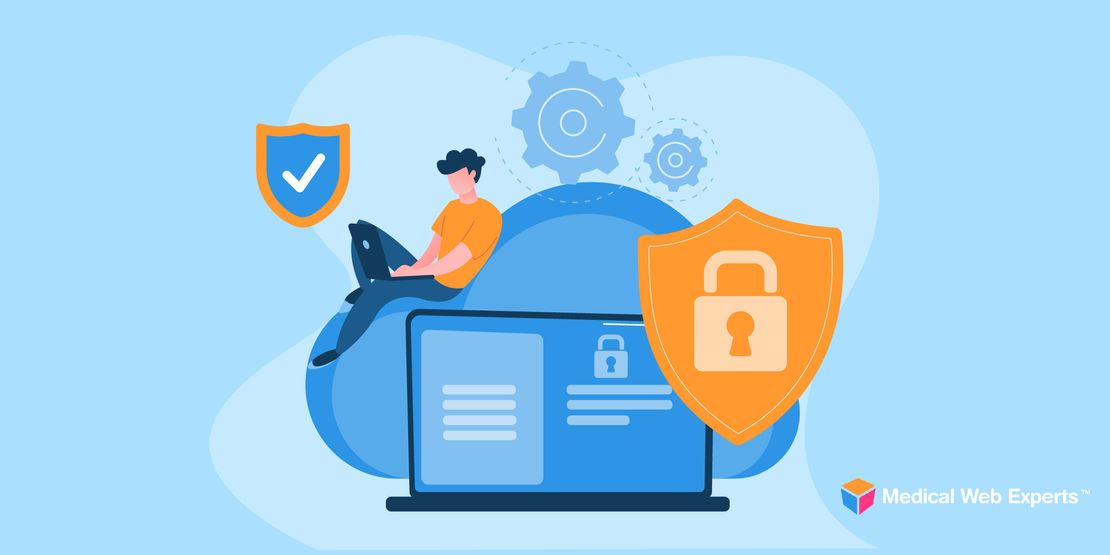Only 11% of healthcare apps offer at least 1 of the 3 functionalities patients want most.
Pick up the cell phone of any of your friends or family members —nearly a 60% chance of finding at least one healthcare app. Mobile device apps have taken consumer-driven economics to an entirely new level, giving a new level of autonomy to individual consumers. In the wellness space, mHealth applications have grown exponentially, with over 165,000 available for iOS and Android today. Patients are more than willing to engage with healthcare applications dedicated to health and fitness, and many hospitals and health systems have taken note.
However, most of the apps for hospitals that have developed are lucky to reach anywhere near an anemic 10,000 downloads — and app usage data paints an even more discouraging picture. This is enigmatic: Why are consumers who have shown a clear desire to use wellness applications shying away from the healthcare mobile apps hospitals are putting out?
It really all boils down to one very simple statistic: of the three most desired functionalities patients are looking for — access to medical records; the ability to book, change and cancel appointments; and the ability to request prescription refills — only 11% of proprietary hospital apps offer even one of these.
What makes a great hospital mobile app?
A great hospital mobile app development undertaking is all about providing functionality and usability to patients. While it seems somewhat straightforward, the reality of existing healthcare apps on the market indicates that these two main components haven’t been successfully applied. Hospitals are engaging less than 2% of their patients through healthcare mobile apps.
The good news is that the data gathered on successes, failures, and what patients want has given organizations a fantastic opportunity to improve patient adoption and use. The following tips will help to ensure that your hospital mobile app is a success.
-
Give patients the functionality they want in a healthcare app.
Robust functionality does not equal valuable functionality for your patients. If there is anything we can learn from mobile app downloads, it’s that patients are willing and generally quite receptive to healthcare apps — not because they are health and wellness apps, but because they have a positive payoff for patients. Whether it is managing a chronic disease or adopting a healthy lifestyle, a successful healthcare app will always need to provide some sort of real benefit to patients. A successful healthcare mobile app development or hospital mobile app development project requires that you clearly define the value proposition to your patients and the benefit they will receive by downloading and using your app.
For example, the functionalities described previously — access to medical records; the ability to book, change and cancel appointments; and the ability to request prescription refills — help patients save tremendous amounts of time.
-
Pay special attention to the user interface and user experience (UI/UX).
All the time and effort you put into creating functionalities that your patients want to use can be counteracted if the user experience is cumbersome and the interface is not user friendly. Patients have become accustomed to native user experiences in the other healthcare applications they use, and those expectations transfer over to hospital mobile app development. Patients should be able to immediately find and use the features they want with minimal effort.
The amount of time and effort it takes for a patient to learn to navigate your hospital mobile app is directly correlated with the level of frustration they will feel with the app, and inversely correlated with the level of satisfaction they will experience. But if you can ensure your patients experience a high level of satisfaction from your healtcare mobile app, they are more likely to continue using it.
-
Use your providers to help drive healthcare app adoption.
Hospital mobile app development and design is only half the battle. While there are many strategies that can be implemented from a marketing standpoint, perhaps the most effective and simplest driver of hospital app adoption comes from the clinical setting itself. When physicians speak, patients tend to listen. In fact, Accenture reports that when physicians recommend using a mobile device or healthcare app, as many as 76% of patients take heed.
Getting your providers on board with your new hospital mobile application development will help you drive adoption organically, and provide a unique opportunity to show patients the applied benefit of using your healthcare app. Other strategies focused on driving app downloads are absolutely necessary as well, but aligning your providers with the organizational goal of driving adoption and use of the hospital mobile app represents one of the most immediately actionable, most effective, and highest-ROI strategies available.
Hospitals without a healthcare app could be losing up to $100 million in annual revenues.
For years, the dynamics of healthcare seemed quite isolated from the consumer behaviors driving other sectors of the marketplace. Today, though, the same core principles driving consumer behavior across just about any other sector are also driving patients’ decisions in choosing a healthcare provider and treatment plan. These core principles should come as no surprise: Today’s consumer is autonomous, mobile, and information-driven. Immediate access to the information he or she wants, and the ability to act on that information in the moment, are core components of any successful digital interaction in any space.
[related_content] In healthcare, this means that patients who have poor digital experiences with their providers — whether on their websites or via their hospital mobile applications — are changing providers much more fluidly than before, migrating to those providers who offer healthcare mobile apps and digital experiences that meet their expectations. To put this in perspective, an Accenture study reported that hospital apps and healthcare apps that fail to deliver the right patient experience, or hospitals that don’t even have an app, risk losing up to $100 million in annual revenue on average.
Is it fair for healthcare providers to have to adapt to the expectations consumers have developed in other sectors of the market? Maybe not, but the expectations are there. Providers who are able to adapt to the shifting marketplace and give patients the mobile services and experiences they have come to expect and demand will be in a much more advantageous position.
Editor’s Note: This post was originally published in April 2016 and has been updated with links to current resources.


